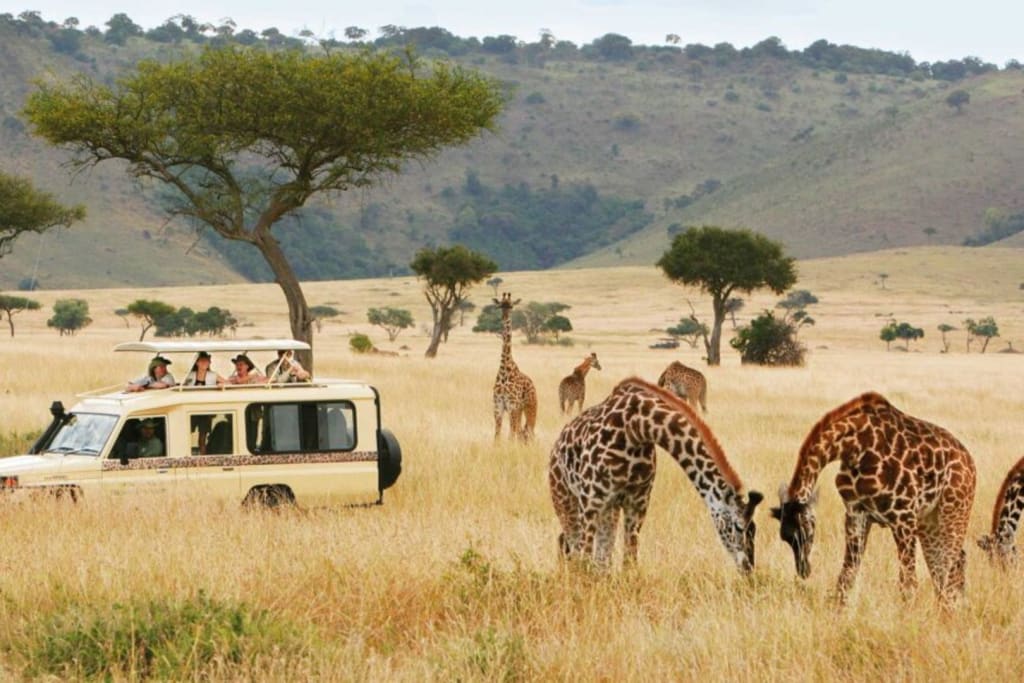Preserving Wildlife
Protecting Earth's Precious Biodiversity

Wildlife, with its diverse array of species, plays a vital role in maintaining the balance of our planet's ecosystems. From the majestic elephants roaming the savannas to the delicate coral reefs teeming with life, the existence of wildlife is a testament to the incredible diversity and beauty of nature. However, with increasing human activities and environmental challenges, it is crucial that we prioritize the conservation and protection of wildlife for the benefit of present and future generations.
In the vast tapestry of our planet's natural beauty, wildlife stands as the pinnacle of wonder and awe-inspiring diversity. From the breathtaking flight of a soaring eagle to the stealthy prowling of a jungle predator, wildlife captivates our imaginations and connects us to the intricate web of life on Earth. In this article, we delve into the wonders of wildlife, celebrating their splendor, understanding their significance, and recognizing the urgent need to protect these extraordinary creatures.
The Importance of Wildlife Conservation
Wildlife conservation is not merely a matter of protecting individual species; it is about preserving entire ecosystems and the intricate web of life that sustains them. Biodiversity, the variety of life on Earth, is a fundamental component of a healthy planet. Each species, no matter how small or seemingly insignificant, contributes to the functioning of ecosystems and provides essential ecological services, such as pollination, seed dispersal, and nutrient recycling.
Moreover, wildlife has immense cultural, economic, and scientific value. Many indigenous communities depend on wildlife for their livelihoods, traditional practices, and cultural identity. In addition, wildlife-based tourism generates significant revenue and employment opportunities. Furthermore, wildlife serves as a source of inspiration for scientific research, offering insights into various fields, including medicine, genetics, and ecology.
Challenges and Threats to Wildlife
Despite the undeniable importance of wildlife, various challenges pose significant threats to their survival. Habitat loss, primarily caused by deforestation, urbanization, and agricultural expansion, remains the most critical concern. As natural habitats shrink, wildlife populations become isolated and vulnerable to extinction. Climate change exacerbates these issues, leading to altered ecosystems and disrupted migration patterns.
Illegal wildlife trade poses another significant threat. The demand for exotic pets, animal parts, and traditional medicines drives the exploitation and poaching of endangered species, pushing many closer to the brink of extinction. Pollution, including plastic waste and chemical contaminants, also negatively impacts wildlife, leading to habitat degradation, water pollution, and devastating consequences for aquatic life.
Conservation Efforts and Solutions
Fortunately, numerous conservation efforts are underway worldwide to protect and restore wildlife populations and their habitats. National parks, wildlife reserves, and protected areas serve as crucial sanctuaries, safeguarding biodiversity and providing safe havens for vulnerable species. Conservation organizations work tirelessly to raise awareness, conduct research, and implement sustainable conservation strategies.
Community engagement and education are vital components of successful wildlife conservation. By involving local communities in conservation initiatives, fostering a sense of ownership, and promoting sustainable practices, we can ensure the long-term protection of wildlife. Encouraging responsible tourism that supports conservation efforts and minimizes negative impacts on habitats is also essential.
Furthermore, strict enforcement of wildlife protection laws, combating illegal trade, and supporting the development of alternative livelihoods for communities dependent on wildlife resources are crucial steps towards safeguarding endangered species. Promoting sustainable practices in agriculture and forestry, reducing greenhouse gas emissions, and promoting renewable energy sources are vital for mitigating climate change and preserving wildlife habitats.
Conclusion
Preserving wildlife is not just a moral obligation; it is essential for the health of our planet and future generations. By protecting and conserving wildlife, we safeguard ecosystems, support local communities, and ensure the sustainability of various industries. It is imperative that governments, organizations, and individuals collaborate to prioritize wildlife conservation through habitat preservation, sustainable practices, and effective legislation. Only through collective action can we secure a future where wildlife thrives, enriching our lives and maintaining the delicate balance of nature.
About the Creator
Enjoyed the story? Support the Creator.
Subscribe for free to receive all their stories in your feed. You could also pledge your support or give them a one-off tip, letting them know you appreciate their work.





Comments
There are no comments for this story
Be the first to respond and start the conversation.